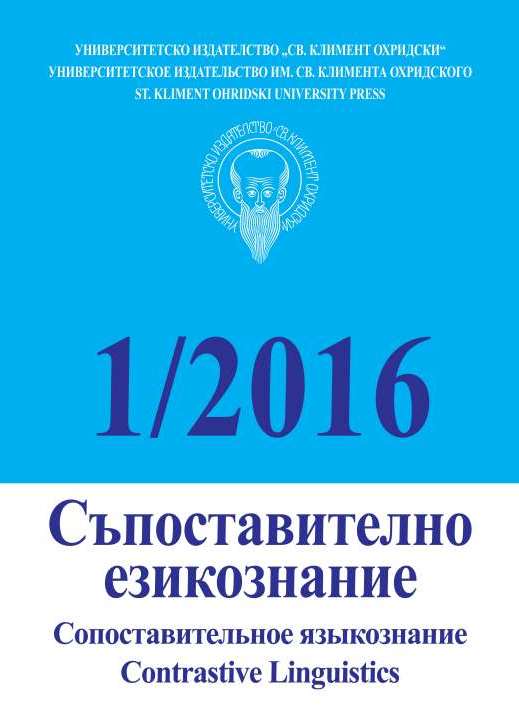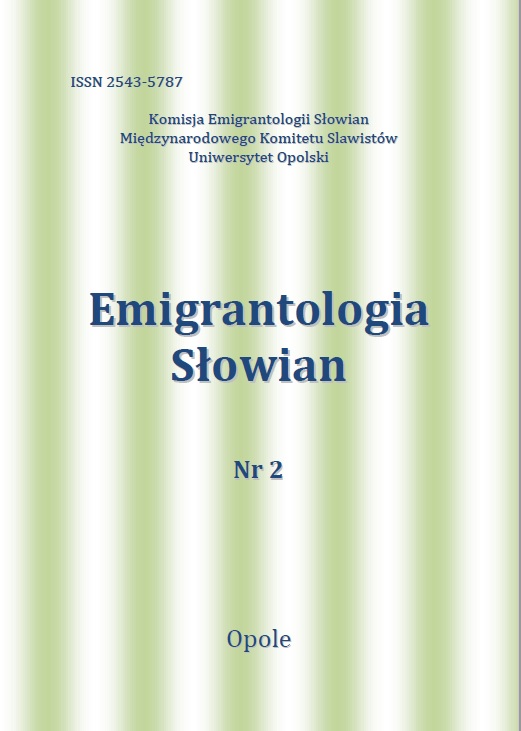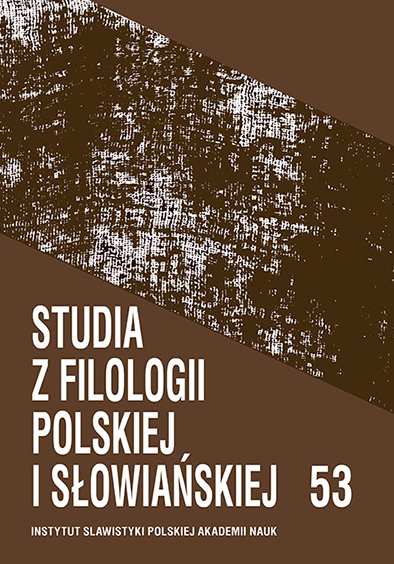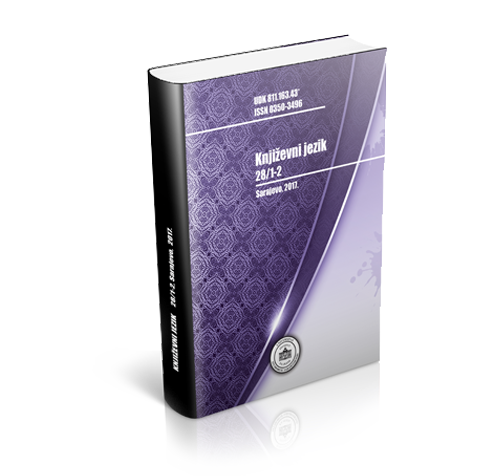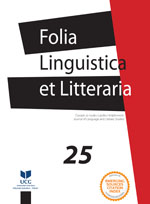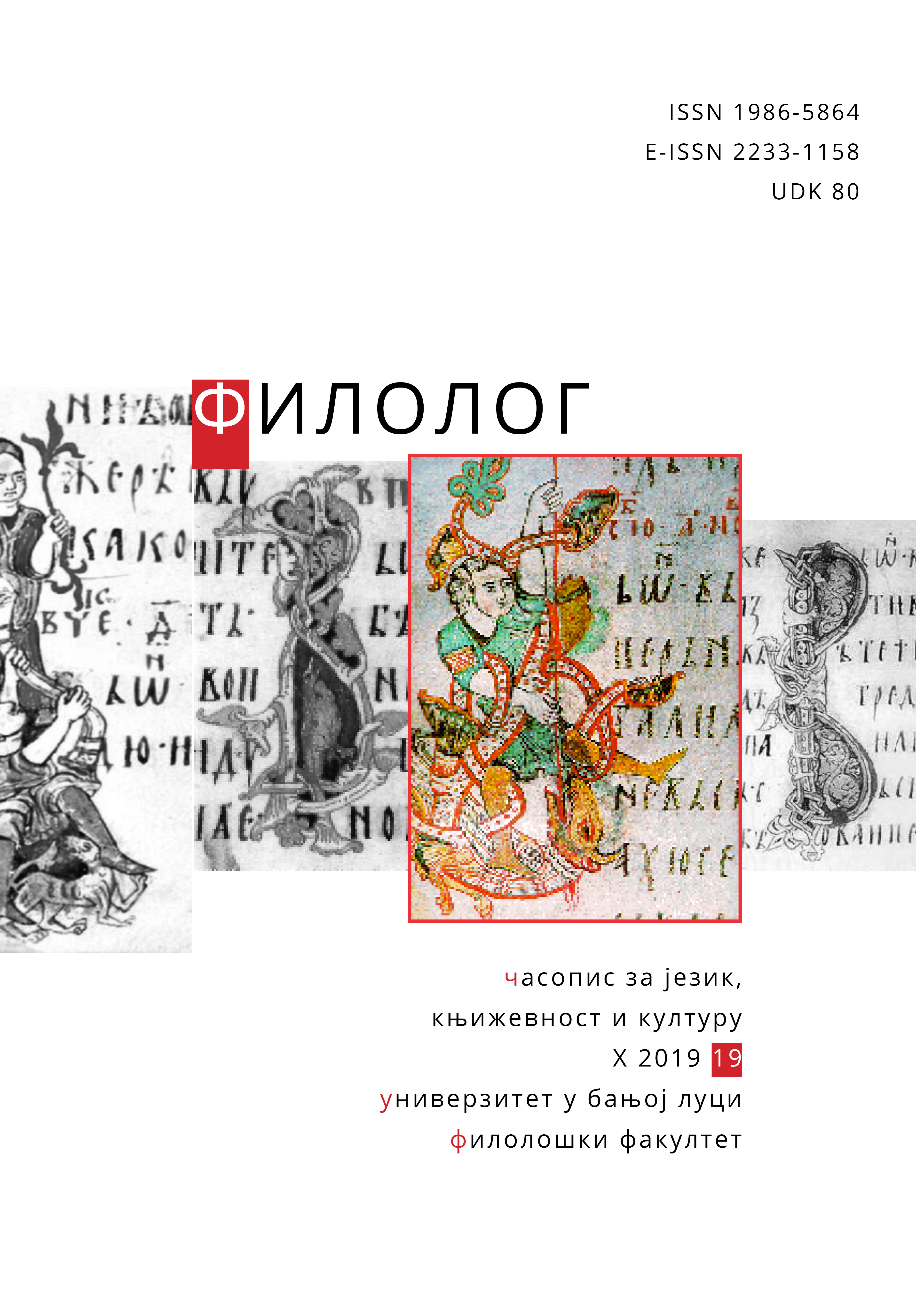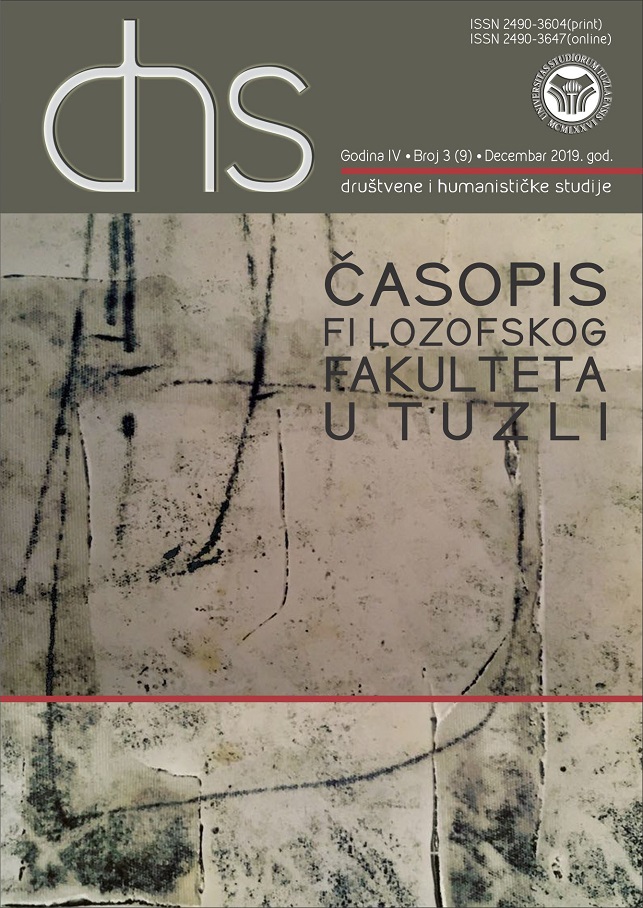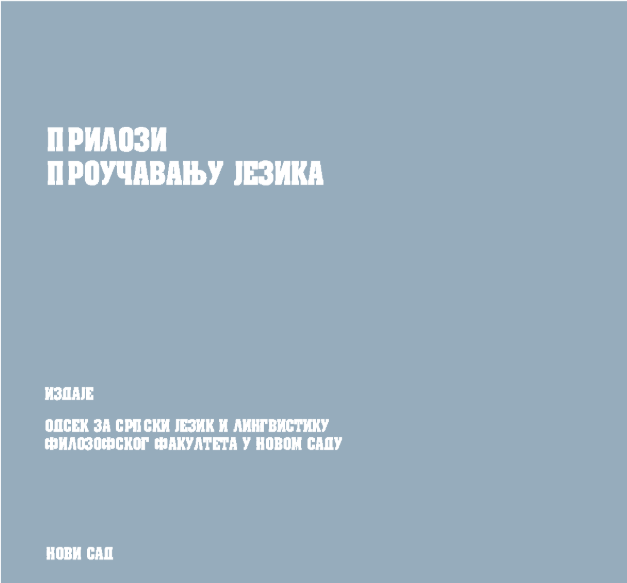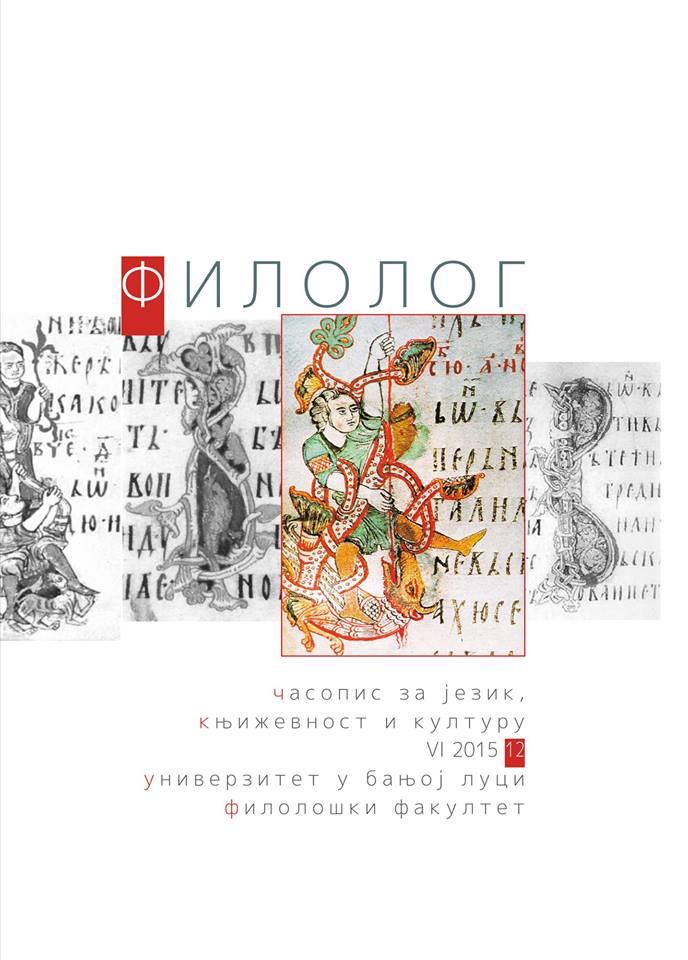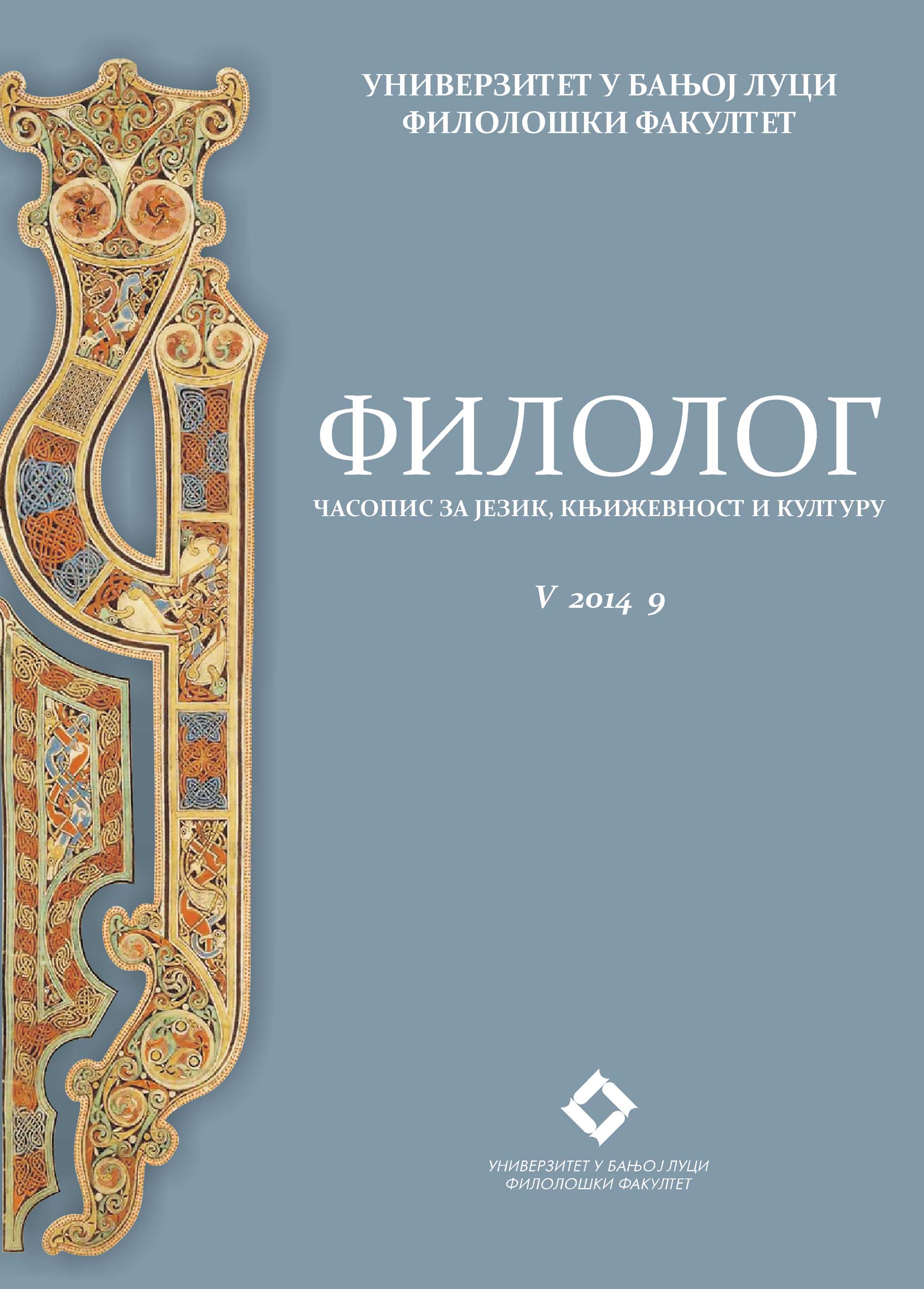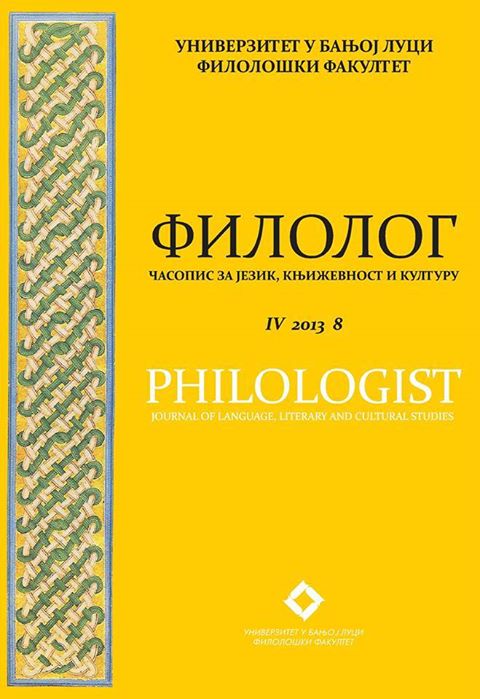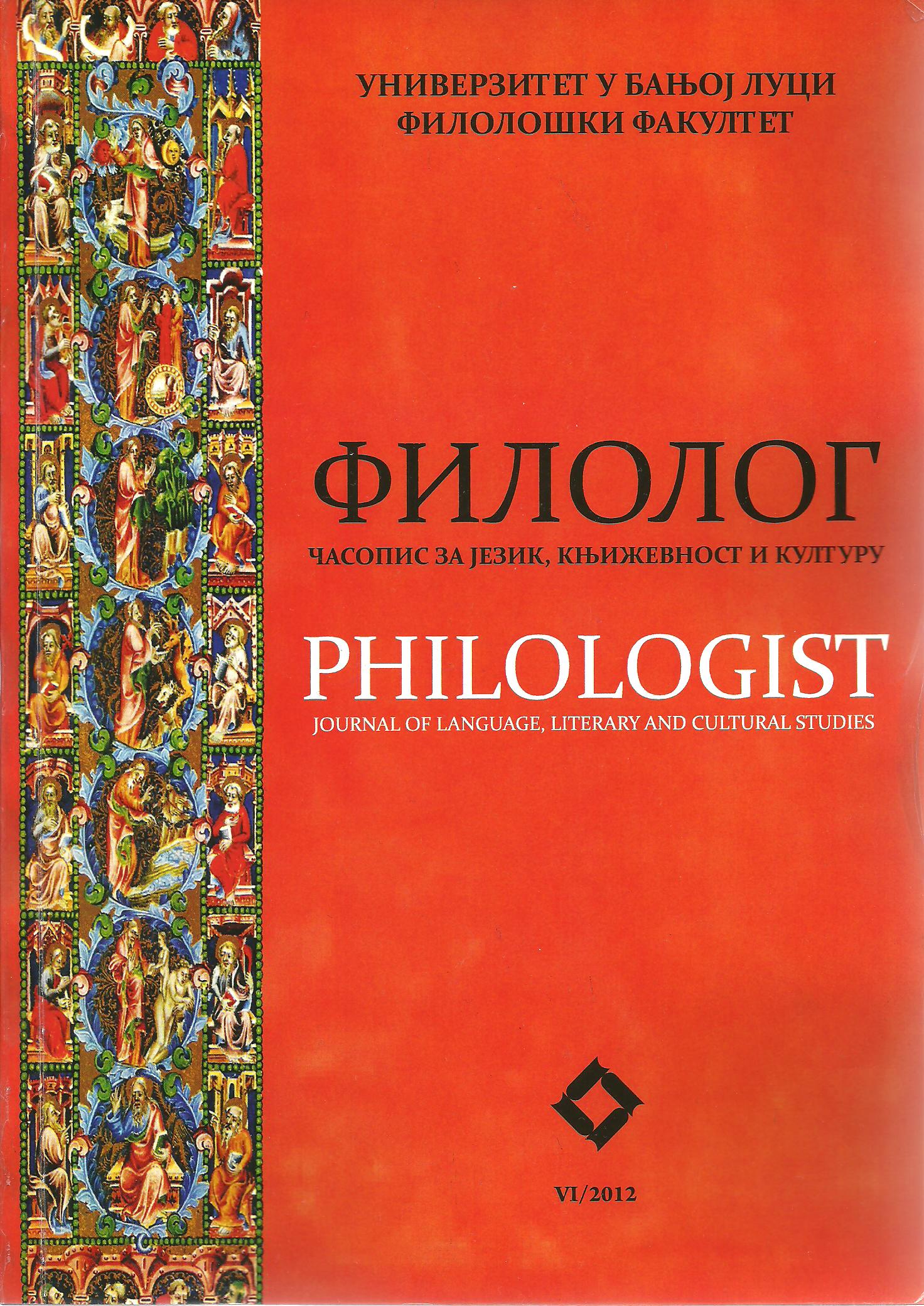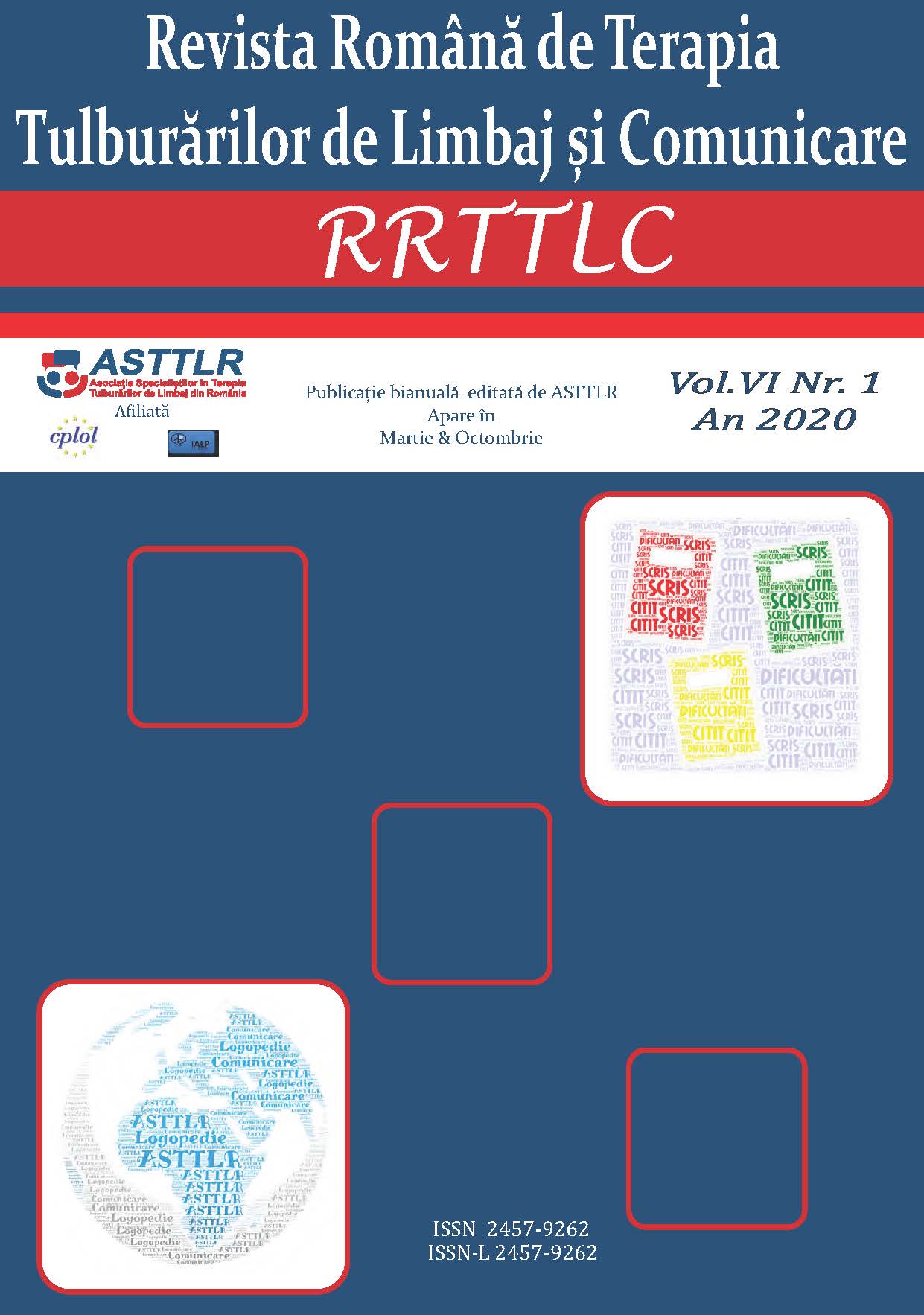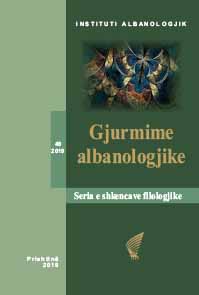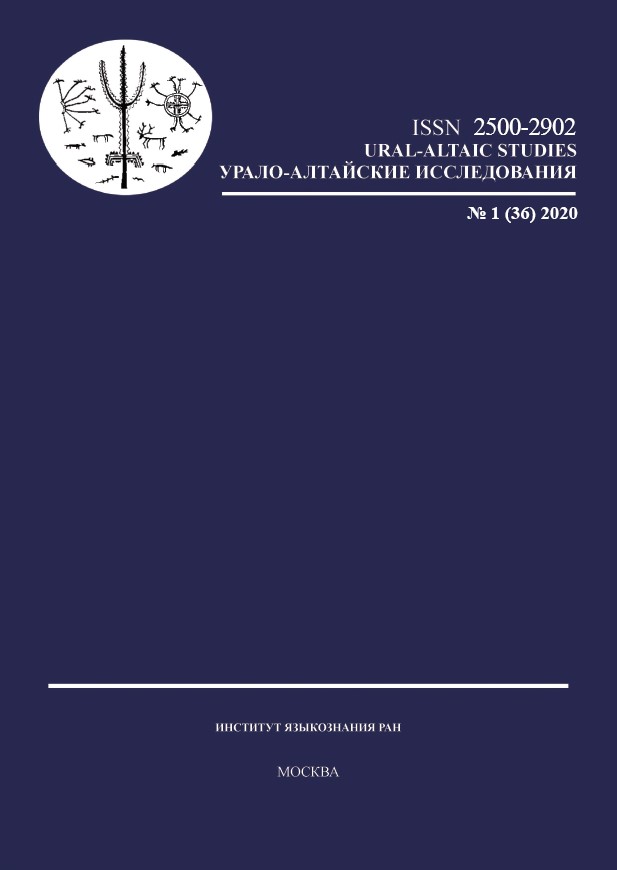Author(s): Adelinë Selmani / Language(s): Albanian
Issue: 49/2019
This paper treats interjections and onomatopoeias in the morphological and semantic aspect in Ismail Kadare’s “The Siege”. In the morphological aspect, the features of interjections are described according to the formation’s point of view, where we call notice two groups. According to the semantic aspect or the interjections’ classifications, based on the meaning, we notice three big groups of interjections: exciting, stimulatory, and interjectionst hat express greetings, where the two first ones are divided in subgroups. Besides interjections, the onomatopoeias are treated as well, where their uniform use is noted, as well as their passing onto different parts of the lecture, cases where they’re used as sentence limbs, thus adapting the lexical and grammar features, mainly of the noun, and to carry the function of the verb, of the propositional phrase, the object, or of the subject etc. In the paper, there are evident cases of the usage of these parts of the lecture, structural features are introduced, and also, based on the statistical records, the abundance of their usage is defined. By treating this case, the problem of defining the meaning of an interjection or of an onomatopoeia appears, since it is through the context that they are defined. Therefore, by observing the cases of the usage and the nuances of their meanings, not only are the cases used by Kadare investigated, but also the definition of each word-forming model’s productivity scale is defined, and the tendencies to use them in today’s Albanian language are investigated.
More...
